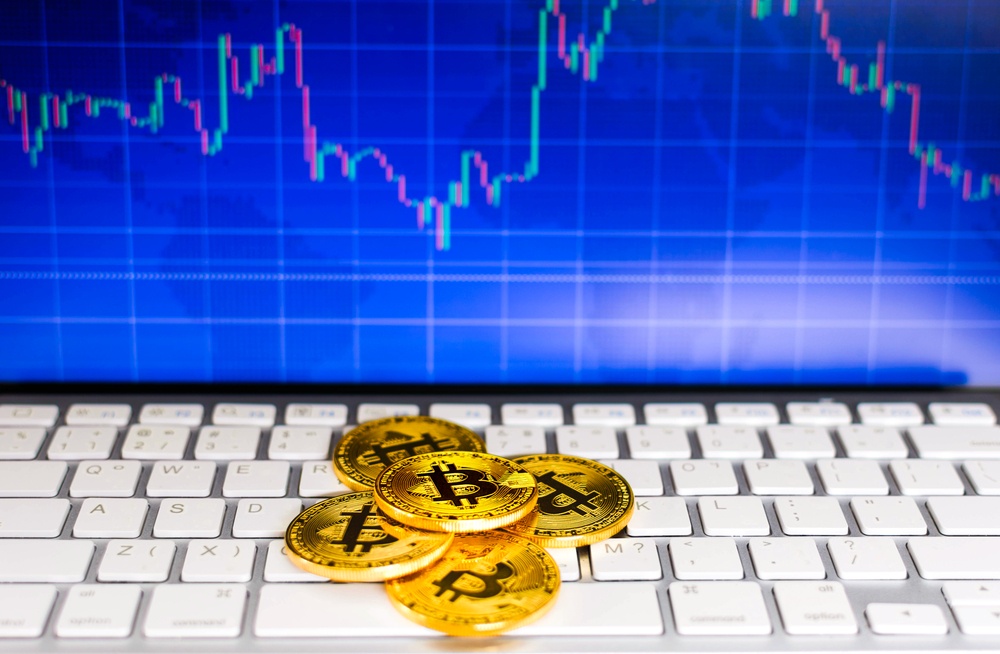Major Bitcoin Exchanges Turn Blind Eye to Wash Trading: Bombshell Report

A bombshell report alleges that major Bitcoin exchanges are harboring wash traders. | Source: Shutterstock
According to a report from CoVenture , a venture capital and technology firm, an uncomfortable number of major Bitcoin exchanges engage in some form of volume manipulation, at least indirectly. Primarily, the report deals with “wash trading,” which they define as:
“[W]hen a trader/s places a buy and sell order at an identical price without changing ownership of the underlying asset. They use bots to automate these orders leading to an artificially increased volume. This gives unsuspecting traders the illusion of liquidity.”
In Bitcoin Trading, Volume is King

CoVenture cites a case study previously reported on by CCN.com regarding Bithumb. The South Korean Bitcoin exchange “giant” was found to have faked some 95% of its daily volume over a period of several months. Volume is the unfortunate king of metrics for exchanges.
People perceive exchanges with the most volume to have the most liquidity. But do they? The report paints a dismal picture of the crypto space. Faking volume is not just to attract more traders but also to extort higher listing fees from cryptocurrency startups.
“Exchanges with high volume can charge the highest fees from ICOs who want to list on their platform, collect the most revenue from high trading fees, and have the liquidity and user data to prop trade on their own platform.”
The whitepaper also speaks of “transaction mining.” Through various schemes, traders are incentivized to make an avalanche of trades, sometimes even making money in the process. CoVenture calls this “transaction mining.” They don’t mean actual crypto mining, but the stimulation of transactions on the exchange.
Transaction Mining Exchanges

A “transaction mining exchange” refunds fees paid in crypto or fiat in the form of exchange tokens. These proprietary tokens have a monetary value on the exchange and occasionally elsewhere. They don’t refer to the Binance Coin token here, as that has a different model. Specifically, they refer to Coinbene and Bit-Z, two exchanges that occasionally make the top 10 in various markets.
Suppose you make a Bitcoin trade on a transaction mining exchange. You receive an equivalent rebate in the form of an exchange-issued token. It’s like a rewards points system except you can actually make more this way than you might make from the actual trades. The report cites some examples where people earn 20% more in real value in the form of tokens.
Tokens can have other uses than a simple rebate. They can also give traders the right to vote on new tokens to be listed on the exchange or, in some cases, they can be used to pay fees as well. The unregulated nature of these security tokens gives traders an incentive to make a lot of trades. You can build a strategy around the existence of such tokens, which has propelled relatively unknown exchanges to the top of the heap.
Fewer Bots = More Crypto Liquidity?

According to CoVenture’s definition of “true liquidity,” cryptocurrency exchanges with fewer bots are better off.
“True liquidity gravitates towards Bitcoin markets on exchanges that have been operating since 2015 and have low amounts of API driven trades.”
They write in detail regarding the “liquidity crisis” of October 2018, which preceded the price crash of Bitcoin and the whole crypto market. Prior to the issuance of other stablecoins, Bitfinex had halted fiat deposits. Traders at Bitfinex exited Tether and fiat at an alarming rate, driving the local price almost $2,000 in the space of hours. Other exchanges like Coinbase had the price at around $6,400 while Bitfinex was showing $7,800. This was directly related to a temporary decision on the part of a single exchange.
In the interim, a slew of other stablecoins have launched, including USDC and Paxos Standard. Tether still remains the undisputable king of the stablecoin, owing in part to the difficulty to actually exit the market (it’s expensive).
But, was the price of Bitcoin realistically $7,800? Or did panicking traders simply drive demand at an extreme rate? The coming months would prove that Bitcoin had a long way to fall.
CoVenture correctly views the issues of liquidity and volume as interlinked. Over half of all bitcoins never trade. A daily volume of $5 billion globally can see the price move a few dollars – or a few hundred dollars.
Featured Image from Shutterstock